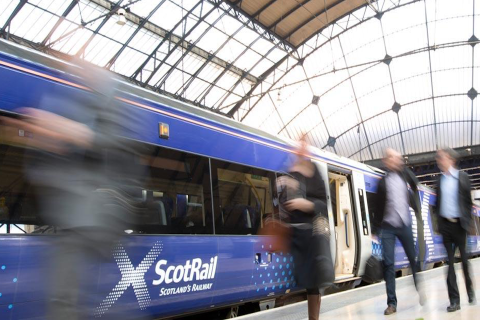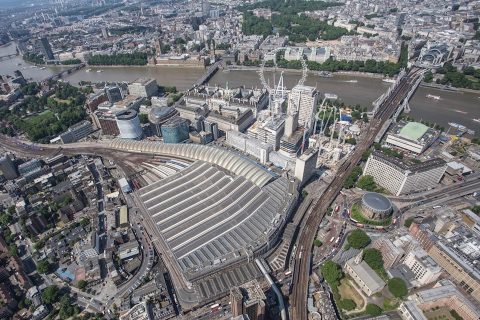Does HS2 threaten the future of Britain’s tilting trains?

UK passenger operator Avanti West Coast is putting its Pendolino tilting train fleet refurbishment into full swing with the release of the first upgraded sets into revenue-earning service. With HS2 on the horizon, where does their future lie?
Want to read more?
You have read all of your free premium articles for this month. Please become a subscriber to keep reading.
Subscribe now!
Take advantage of our exclusive offer to get full access to all premium content.





HS2 won’t be operational until around 2030. At that point the Pendolino fleet will be pushing 30 years old so close to end of their design life I would have thought.